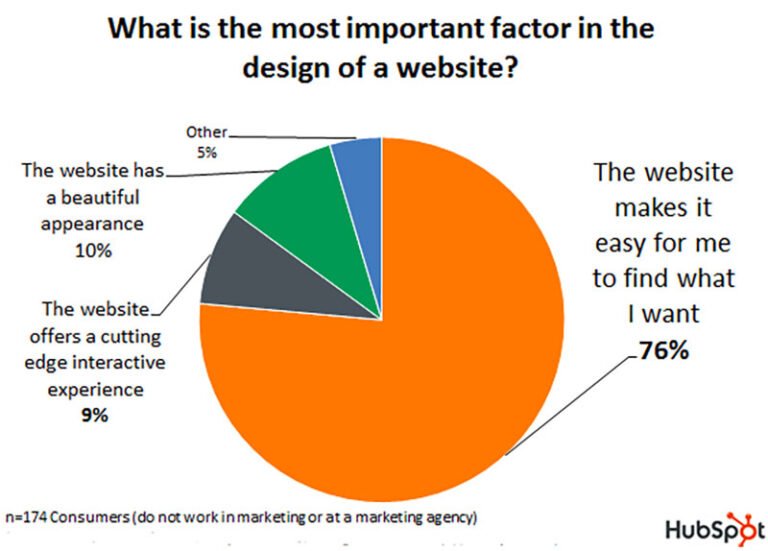Dark Mode compatibility in emails is transcending from its definition as a “trend” and growing to be a best practice.
Owing to its immense popularity, you can conveniently name it as the fastest-growing trend that has cast a magic spell on apps, browsers, and of course email inboxes. It has enhanced the subscriber experience and taken it to the next level.
Let’s first understand the definition of Dark Mode:
As the name suggests, Dark Mode represents a reversed color scheme in which white font is used in a dark background.
This brings us to the next question: Why do people prefer to access their emails and other things in the Dark Mode theme?
The answer is in these four advantages that Dark Mode presents to its users.
- Dark Mode theme is less stressful for the eyes, especially when the rooms are not that illuminated.
- It helps to save battery life with minimum screen brightness.
- Your content becomes more legible so that more people will be able to read and consume it.
- It imparts a classy look and feels to the email.
Despite these advantages, there are some challenges that come while rendering emails in Dark Mode.
1. Depending on the email client, Dark Mode emails get rendered in three different ways.
Table of Contents
- 1 1. Depending on the email client, Dark Mode emails get rendered in three different ways.
- 2 2. If you fail to design a Dark Mode compatible email, it will negatively impact the deliverability due to rendering issues.
- 3 3. When it comes to accessibility, Dark Mode settings might cause problems to some readers and the readability gets hampered.
- 4 4. Not every brand personality will be aligned to Dark Mode email.
- The email remains unchanged
When you access an email in desktop, web, and legacy email clients, it will remain unchanged irrespective of the mode you open it in. If you have maximum subscribers using these email clients, you can heave a sigh of relief as you will not have to make any additional coding changes in the emails. - The colors get inverted
This is the most challenging part when it comes to Dark Mode emails. Email clients will make an attempt to invert the colors in your email to support the Dark Mode settings.
In this type of setup, light colors will become darker and darker colors will turn lighter.
Consequently, your emails might not be displayed the way you want them to.
This color inversion can either be partial or full.
Partial color inversion, thankfully, will not create much problem for the email developers or readers. In stark contrast with that, full-color inversion will affect renderability to a huge extent.
Outlook.com, Outlook 2019 for Mac and Windows, Outlook apps on iOS and Android, and Gmail App on Android and iOS are the email clients that invert the colors in Dark Mode settings.
- The Custom Dark Mode
Apple has always been ahead of its competitors and Dark Mode is no different. Apple Mail on macOS and iOS will give you an opportunity to code custom emails for light and Dark Mode with the help of CSS. You will be able to change the visuals, background, and font colors through CSS, HTML meta tags, and other properties.
2. If you fail to design a Dark Mode compatible email, it will negatively impact the deliverability due to rendering issues.
3. When it comes to accessibility, Dark Mode settings might cause problems to some readers and the readability gets hampered.
4. Not every brand personality will be aligned to Dark Mode email.
If you are curious to know the coding mantras and compatibility of Dark Mode in email clients with details on its high rate of early adoption and some Dark Mode design and coding tips, just head to this insightful infographic by Email Uplers: In the Limelight: Dark Mode in Emails.
It will surely enlighten you and clear all the haze around Dark Mode in emails.


Source: What is Dark Mode in Email & How to Enable in Email Clients






